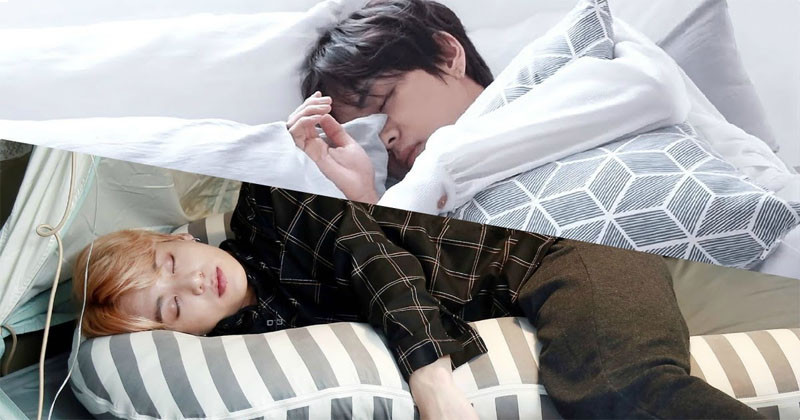One Direction’s split was caused by “tiredness more than anything”, according to singer Liam Payne. The British boyband...
- BTS Is The World’s #1 Most Popular Artist To Fall Asleep To Ranked By Spotify Data
- The Wanted Tom Parker revealed he has terminal cancer
- Niall Horan was accused of racism
One Direction’s split was caused by “tiredness more than anything”, according to singer Liam Payne. The British boyband went on an extended hiatus in 2015.
Following the departure of Zayn Malik from the group. And in an interview on Jordan Stephens’ Spotify podcast Killing It, Liam admitted that the boys’ hectic schedules and lack of sleep were partly responsible with how things came to an end.

“We all just got on with it, you know, it was just a case of this is your job and this is what you do and then you just slowly spiralled into this thing,” he explained. “I mean, more than anything for us, I think the danger zone is in the band. And actually what probably caused the demise of it, towards the end, was just the tiredness more than anything. Everyone makes stupid decisions when they’re tired.”
Liam’s revelation comes after bandmate Niall Horan previously told Britain’s The Daily Telegraph newspaper: “We got tired… just tired out. Five albums, five tours, in five years. We were all knackered.”

Elsewhere on Killing It, Liam reflected on being rejected from The X Factor U.K. as a 14-year-old – two years before he returned and was put into a group that eventually became One Direction.
“People would ridicule me in the street and all sorts when I was, like, 15 or 16,” he recalled. “I once went in McDonald’s when I was turning 16 and I went up to order my thing, went to sit down with the girl I was with at the time and a group of lads at the top of the stairs were like, ‘X Factor reject!’”
“Then the whole restaurant was looking at me. It was a really hollow moment, that was like, ‘Oh right, now I know what it’s like to lose fame’.”






